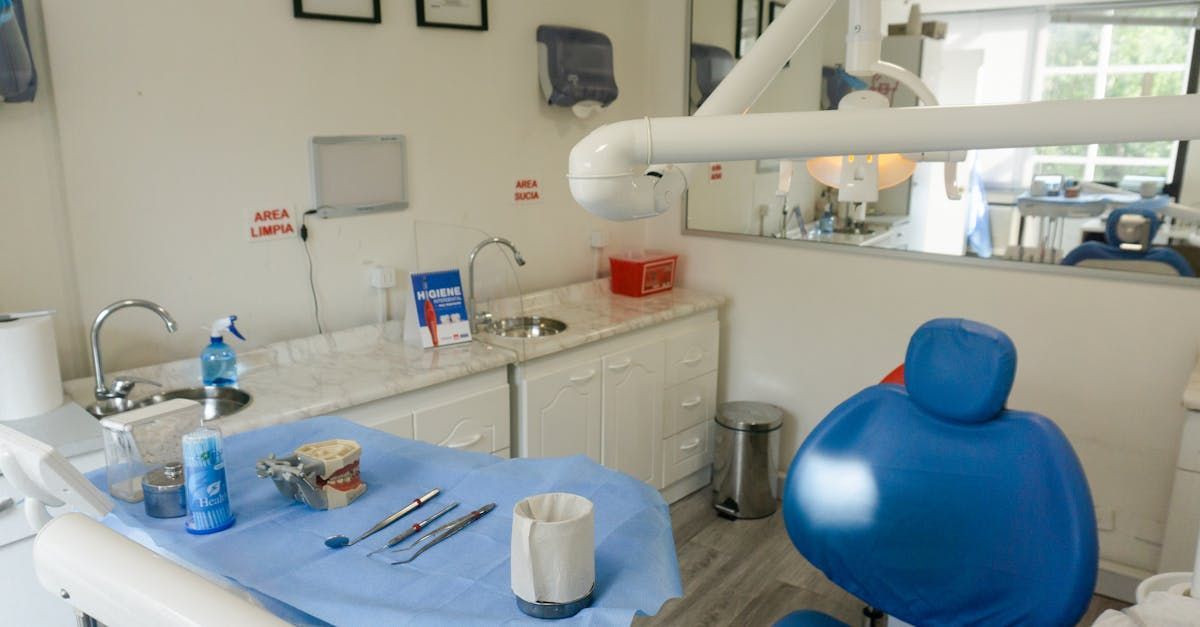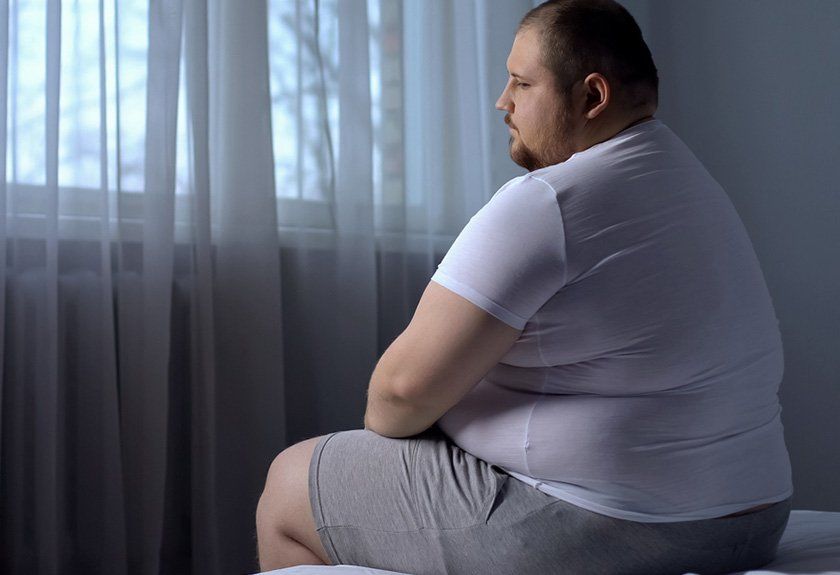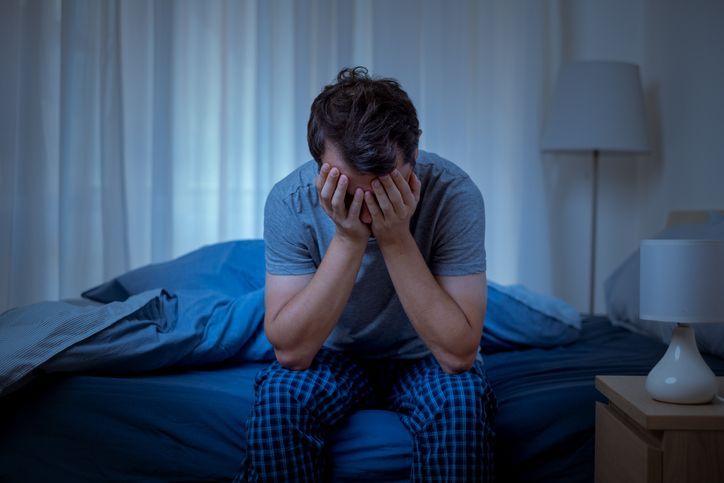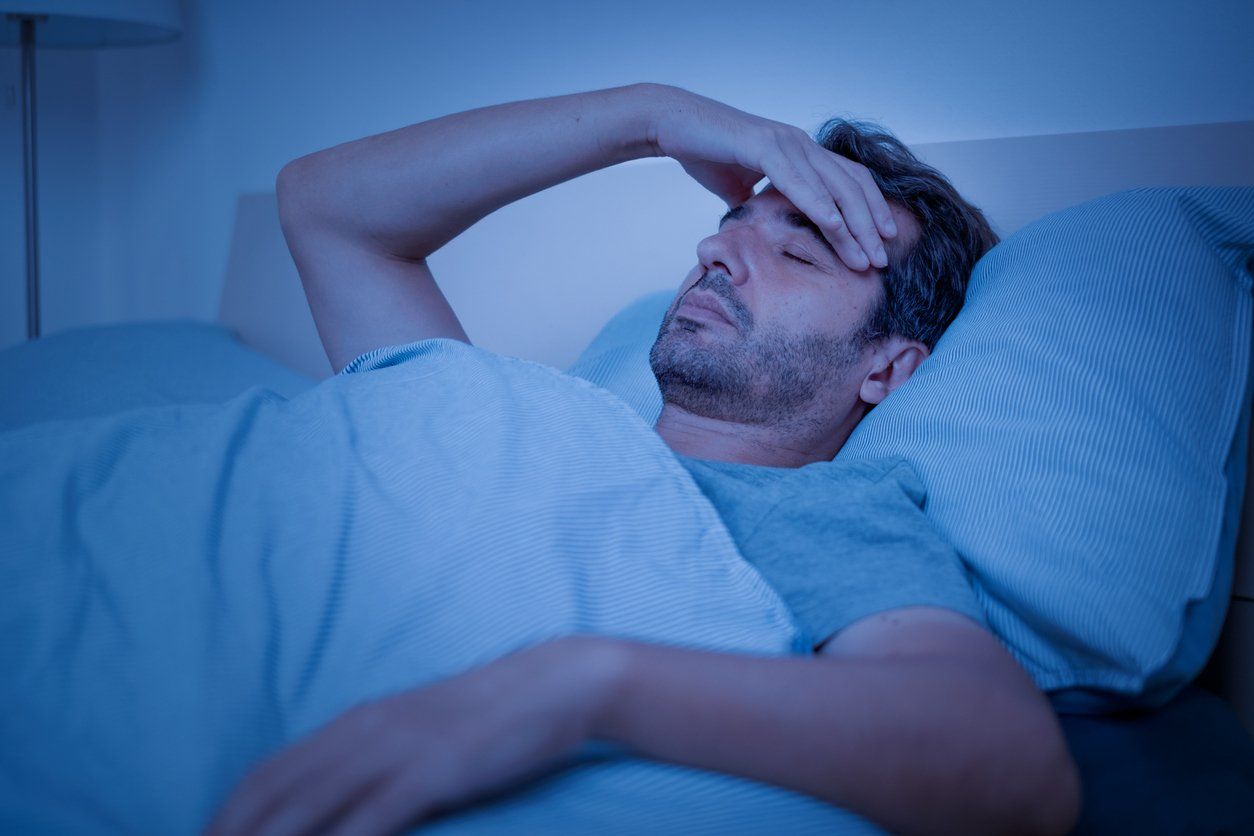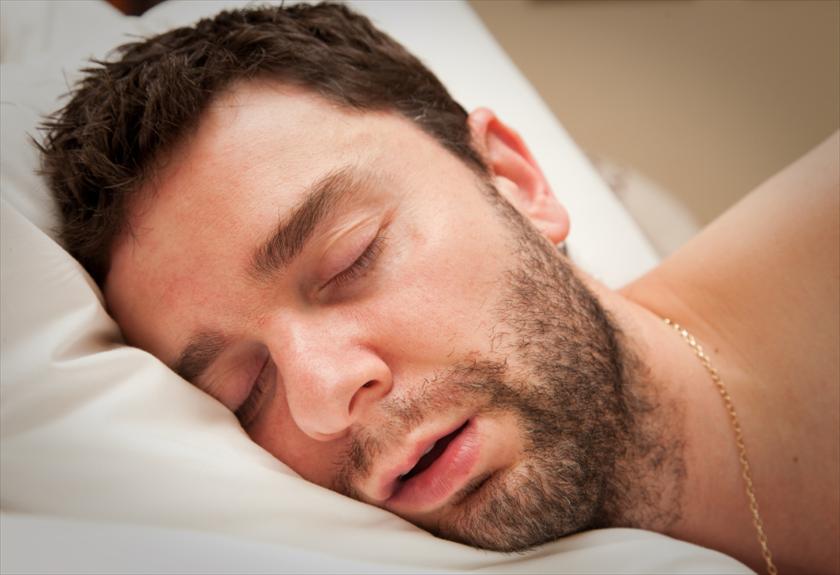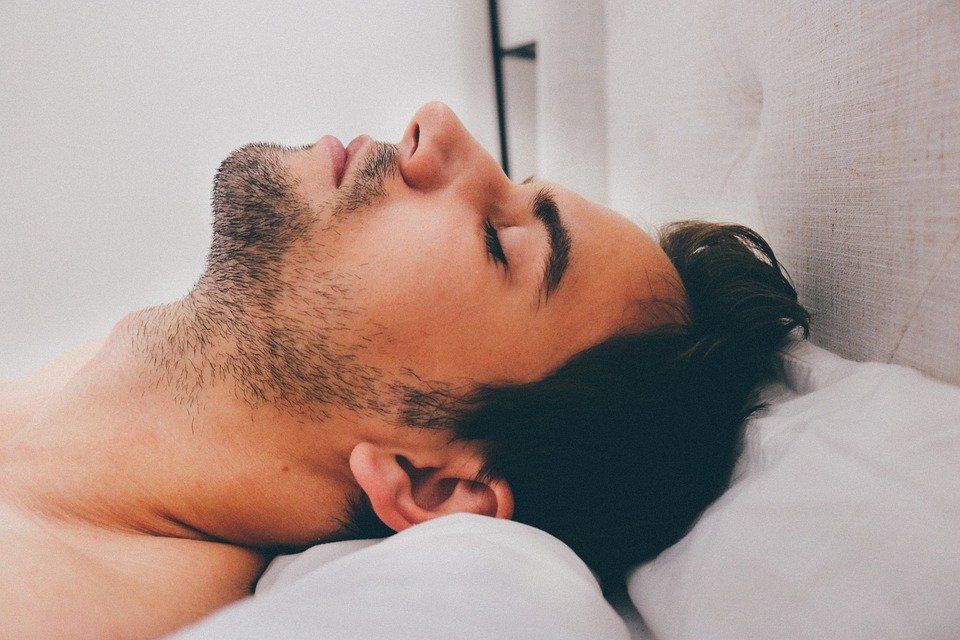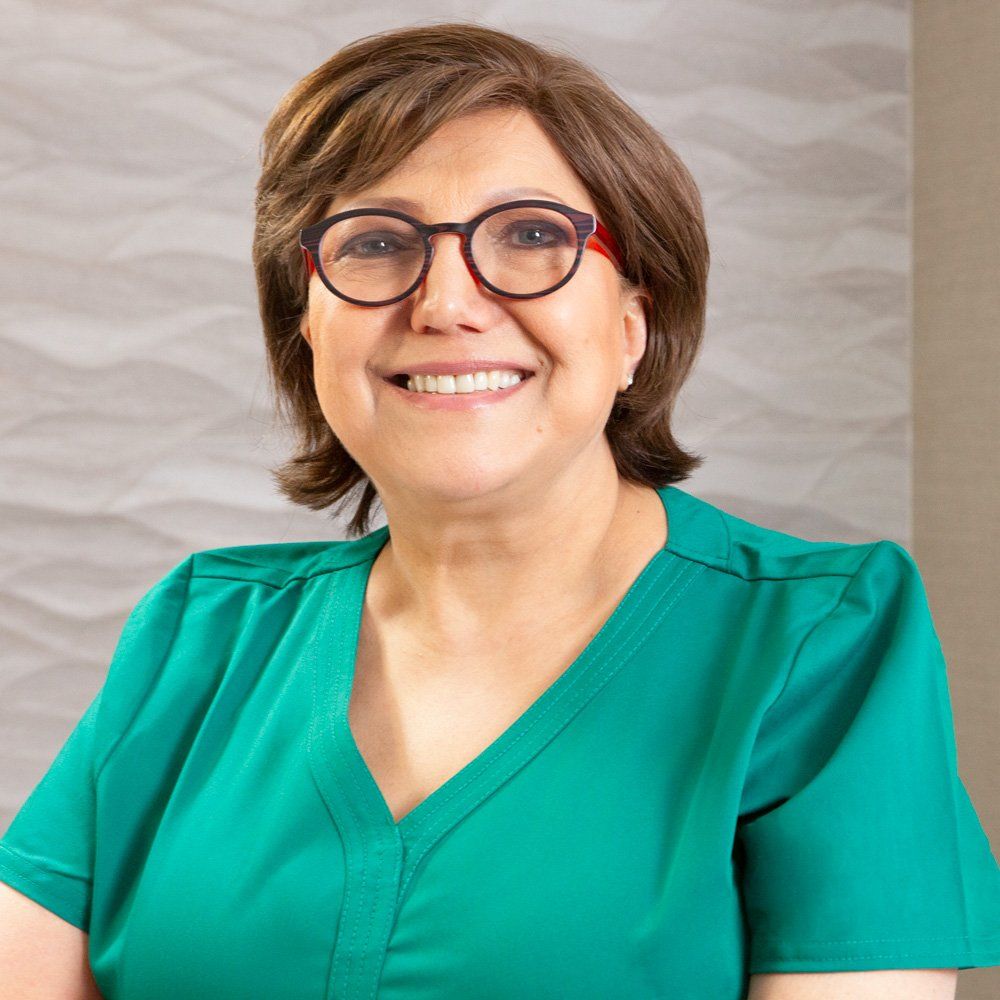CPAP Machines: How to Beat Sleep Apnea Without Them
Every night, 22 million people in this country go to bed hoping for restful sleep, only to struggle with breathing difficulties due to sleep apnea. For many of them, this constant struggle wakes them up ten, twenty, even eighty times an hour. They gasp, they choke and they snore loudly. If they are married, their spouses may have moved into another bedroom long ago.
If this describes your nights, it might provide some consolation to know so many other people are feeling your pain. But what you’d probably really like is a solution to getting a good night’s sleep without a CPAP machine.
We’re going to explain how recent scientific discoveries into treating sleep apnea are now providing new hope for CPAP machine users. First, for those who might be new to this subject, we’re going to cover some of the basics of sleep apnea and the most common remedies.
A Brief Look at Sleep Apnea
Sleep apnea describes a condition in which a person stops breathing repeatedly during sleep. While there are multiple types of apnea, the most common one, by far, is “obstructive sleep apnea” which occurs when a person’s airway becomes blocked. For most people, this is because the muscles and soft tissues that surround the airway relax too much; the tongue falls to the back of the mouth and the airway is blocked.
The sleeper struggles and strains to get air while the airway remains blocked. Finally, they partially wake up, suck in some air and lapse back into sleep. When this occurs dozens or even hundreds of times a night, it’s no wonder sleep apnea sufferers feel exhausted when they wake up in the morning. They also feel tired all day and have trouble focusing or being productive at work or in school.
Listen to Jeanette’s story on how the Vivos appliance turned his life around.
Many People Try the CPAP Machine . . . for a While
If you’re like many others with obstructive sleep apnea, you use—or at least try to use—a CPAP machine. The CPAP machine (CPAP stands for “continuous positive airway pressure”) is essentially a pump attached to a face mask that flows air pressure into the airway all night. Some CPAP face masks cover only the nose; others cover the nose and the mouth if the apnea sufferer also breathes through their mouth at night. All devices come with straps to secure the face mask.
CPAP machines provide relief for many people, but it comes with many inconveniences:
- The person must depend on this machine for a good night’s sleep, perhaps for the rest of their life.
- No matter where they travel, they must take this machine with them.
- If the power cuts out, so does their restful sleep.
- Camping out without power isn’t going to work for a CPAP user.
- Sleeping on planes or in vehicles doesn’t work either.
- The person’s partner or spouse is going to have to listen to the sound of the pump every night.
And that’s only part of the difficulty with using this machine. Some people have trouble with the appliance itself, such as:
- They feel claustrophobic when the mask is strapped on.
- They dislike the sensation of the forced air.
- The feeling of the face mask makes it hard to fall asleep.
- They dislike the way it looks.
And so, many people give up on the CPAP machine, even though it provides relief. As many as half the people who strap it on end up giving it up. Given the long list of inconveniences and other objections, it’s understandable that some people might abandon the CPAP machine and explore other options.
Alternatives to CPAP
There are, of course, oral appliances, both off-the-shelf models and those created by a sleep specialist or dentist. Some look like simple sports mouthpieces and others are more complicated affairs with elastics and attachments. These appliances, unfortunately, also come with a lifetime need of wear, and often create pains in the jaw muscles over time.
There are also a number of surgeries designed to correct sleep apnea. Some people choose to have the uvula (the tissue which hangs at the back of your mouth above the tongue) and surrounding soft tissues at the back of the mouth removed to open up the entrance to the throat. There are other surgeries intended to change the way muscles connected to the tongue are situated. In one procedure, a piece of bone that attaches to muscles at the base of the tongue is moved forward, pulling the tongue muscles with it. It’s then secured to the front of the chin.
In another surgery, a small bone called the hyoid bone that’s located under the jaw may be relocated further down the neck. Because it is another anchor for tongue muscles, it changes the position and function of the tongue. This procedure is supposed to prevent the tongue from falling back and blocking the airway.
There is also surgery to cut and shift the entire lower jaw forward in an effort to keep the airway open.
The success rates for these surgeries vary dramatically, coming in as low as 17% in one study of hyoid bone relocation. Plus there are always risks associated with any surgery which could include having a bad reaction to anesthetic or suffering nerve damage or blood clots.
If there is a way to recover from sleep apnea without being chained to an air pump all night or suffering through surgery, that would be good news indeed for the 22 million people who struggle to breathe at night.
Listen to Ed’s story on how the Vivos appliance turned his life around.
Introducing an Entirely New Way to Eliminate Sleep Apnea
New discoveries and research on the causes of sleep apnea have resulted in a whole new approach to achieving restful, productive sleep. Doctors have long known that a poorly developed lower face causes crowding of the soft tissues which then block the airway. An upper or lower jaw might be too narrow or wedge-shaped instead of rounded. This poorly-developed shape does not provide enough room for the soft tissues. The tongue falls or is forced into the back of the mouth and the airway is blocked.
When these bones are well-rounded and the hard palate is of the proper shape, there is enough room for the soft tissues and the airway remains open. But because today’s diets consist largely of soft, processed goods and because few mothers nurse their children for two years or more, the muscles and their supporting bones do not develop as fully as they did 100 years ago. You may notice that in some people, the whole lower part of the face is more petite than the upper part. It is quite possible that this person will suffer from sleep apnea at some point in their life.
Now, there’s solution that corrects this fundamental cause of sleep apnea. A company called Vivos Therapeutics has discovered a way to encourage bone growth that corrects the shape of bone in the upper and lower jaws and even in the hard palate.
What makes this discovery even more revolutionary is that it is effective for patients of all ages. Children, adults, even seniors can experience growth and see the bony structures of the mouth and jaws reshape themselves. Before and after images and impressions show better symmetry and a rounding of mouths that were previously wedge-shaped. Jaw measurements show an increase in width for patients with too-narrow jaws. Even the roof of the mouth can be reshaped into a more ideal height that allows the tongue to remain in the front of the mouth.
The Right Solution
When the shape of these bones is fuller, more rounded and more open, there’s no need for uncomfortable face masks, surgery or oral appliances. There’s no panic if the power shuts down during a storm or if you have the wrong converter plug in another country. There’s just the chance to finally get restful sleep.
Vivos Therapeutics has developed the Vivos Biometric Oral Appliance to bring about this correction. It’s based on intensive research and testing that has proven that encouraging this bone growth and reshaping can resolve the causes of sleep apnea.
Each Vivos Biometric Oral Appliance is custom-created for each patient. Its design is carefully engineered after the structure of the patient has been fully documented and analyzed. Three-dimensional images are collected from the mouth and teeth, detailed scans provide information about the patient’s bone structure and the size of their airway. This information is sent to Vivos Therapeutics and the finished appliance is returned to the medical practitioner. The appliance is worn in the mouth, fitted to the upper jaw or both the upper and lower jaws, for 16 hours a day.
This device that somewhat resembles an orthodontic retainer is actually a sophisticated medical device that has been approved by the U.S. Food and Drug Administration to correct underdeveloped facial and jaw bones that can be the cause of sleep apnea. As the patient’s bones grow into a more ideal shape, the device is adjusted regularly so it can continue to encourage more growth.
Listen to Scott’s story on how the Vivos appliance turned his life around.
Why it’s Vital to Recover from Sleep Apnea
If you’ve had a chance to sit down with a medical professional and discuss your sleep disorder, then you probably already know why it’s so important to not let the condition continue. But 80% of those suffering from moderate or severe sleep apnea have not yet been diagnosed with this sleep disorder which could mean they have never seen a doctor or sleep specialist.
If you’re doing research on your own to understand why you can’t sleep well at night, then it’s vital that you understand the consequences of letting this condition continue.
Uncorrected sleep apnea has been found to be either a cause of or a contributing factor in the following serious health conditions:
Untreated sleep apnea can also result in weight gain and memory problems.
When a sleeping person stops breathing for an extended time, the level of oxygen in their blood drops. This is one of the measurements used to analyze the severity of this breathing and sleeping disorder. This oxygen deficiency causes both chronic stress and inflammation with contributes to these serious health conditions.
Oxygen really is the breath of life. Without an adequate supply all night, the body is prevented from healing itself and restoring, repairing and refreshing all its tissues. The body is in a state of stress all night instead of getting healing, productive sleep. It’s no wonder that those with sleep apnea may develop serious health problems in addition to feeling tired and groggy every day.
Finally, because of significant advances in the scientific understanding of sleep apnea, the condition can be fully and permanently corrected. This is an incredible blessing for a person who has tried one solution after another without relief.
Breath of Life Dental Can Help
Dr. Maryam Seifi and her team at Breath of Life Dental are ready to offer this remarkable therapy to residents of Maryland, Washington, D.C., and the surrounding areas. Every week, there are educational workshop to brief those who are interested in how this solution works. Call Breath of Life Dental to reserve a seat at the next workshop. Or you can request a personal consultation with Dr. Maryam Seifi.
To register for this seminar or request your consultation, please call
(301) 818-2653 , email
info@breathoflifeteam.com or register online using this link.
